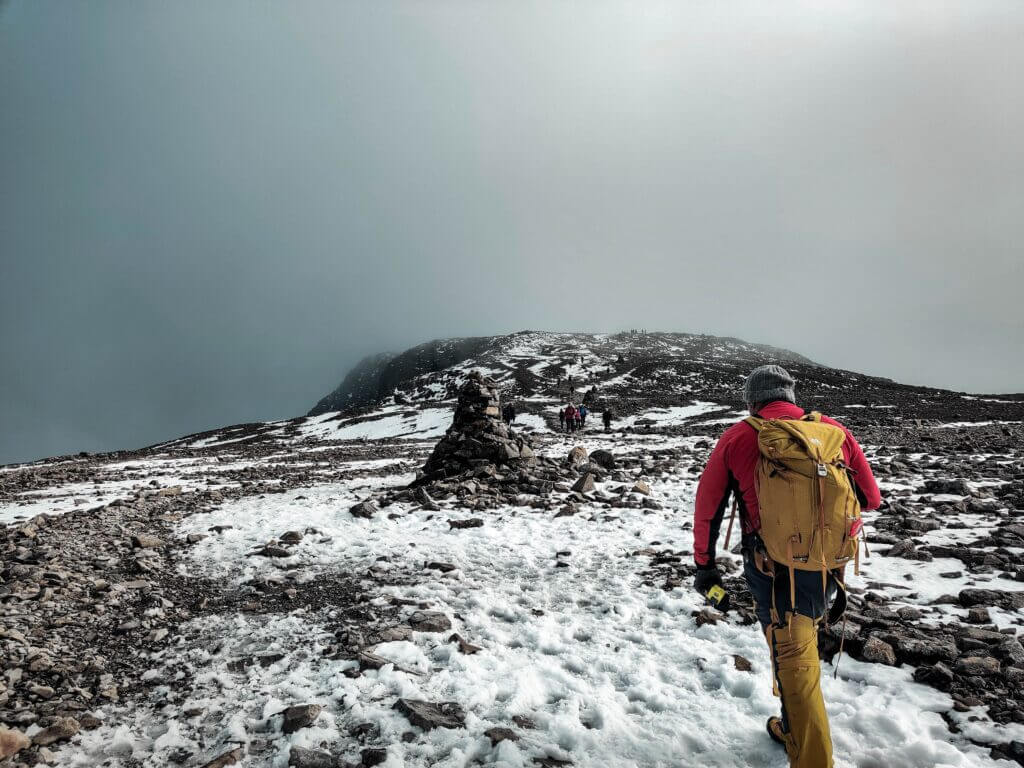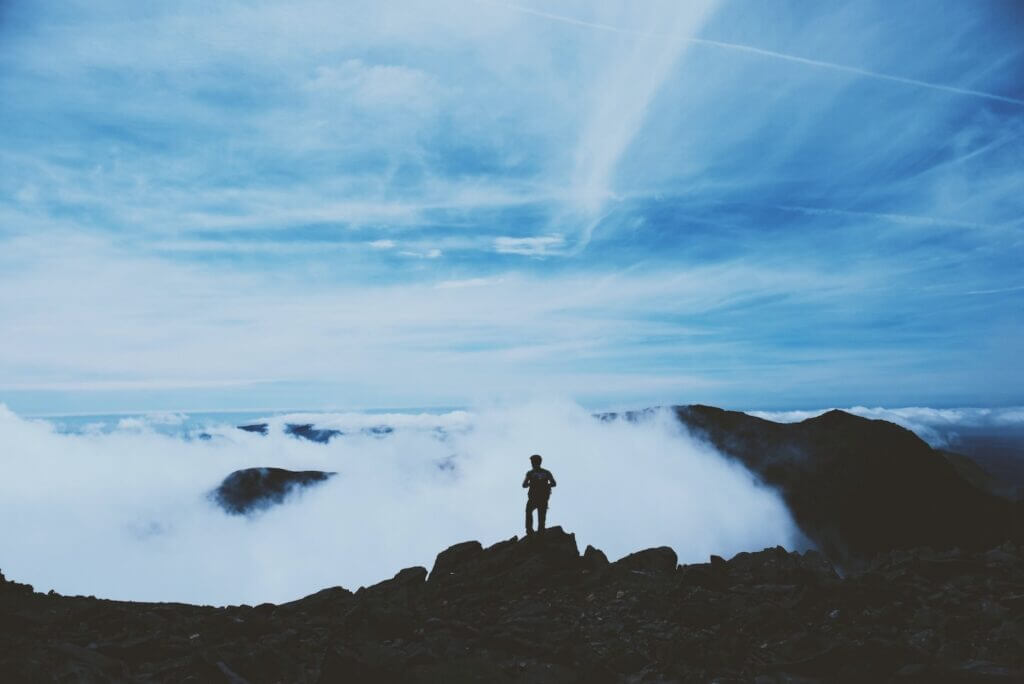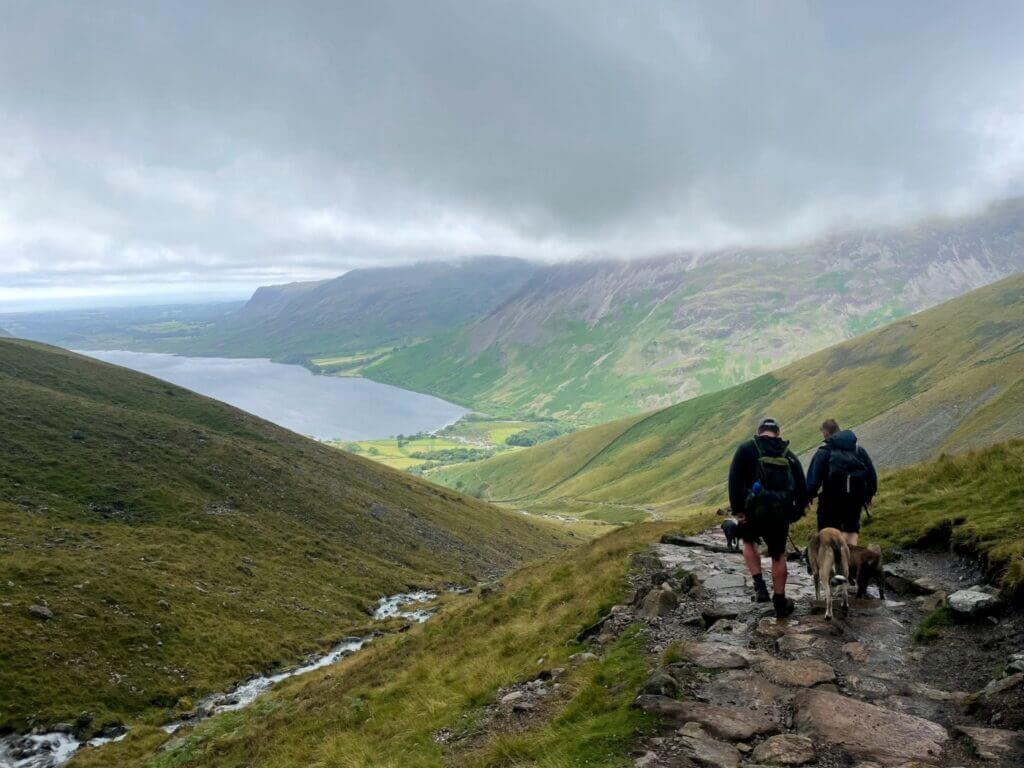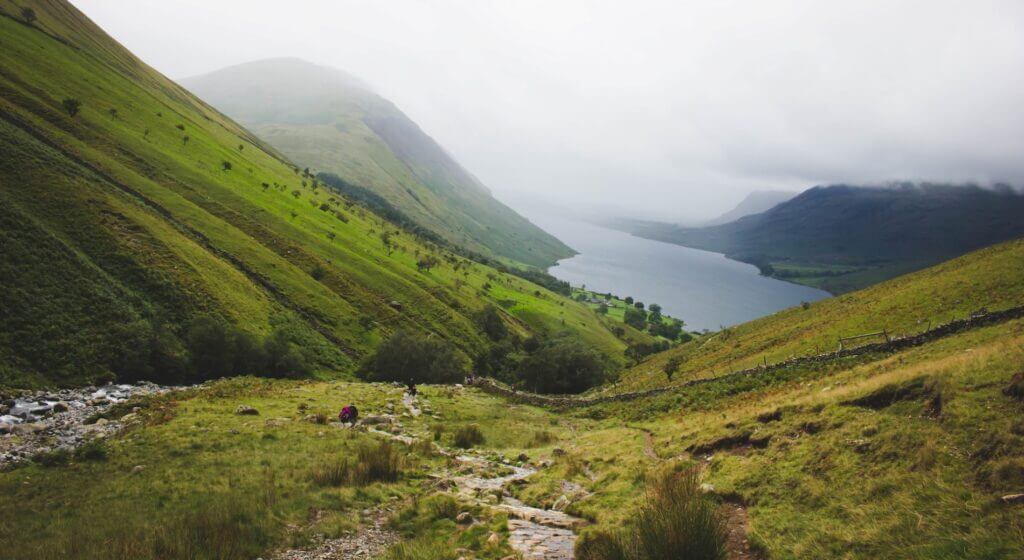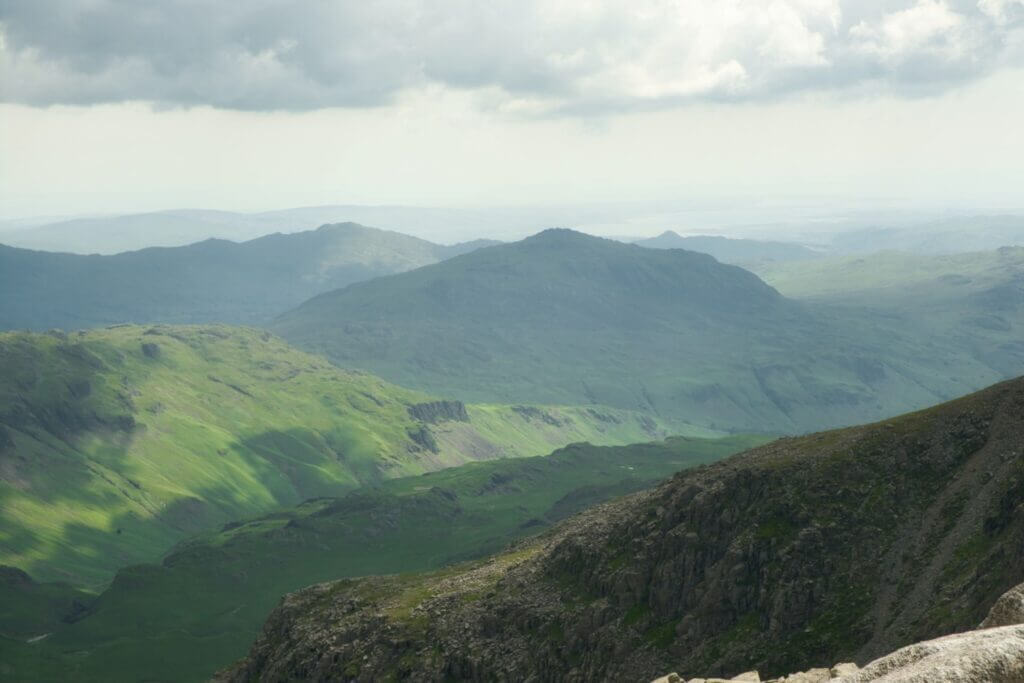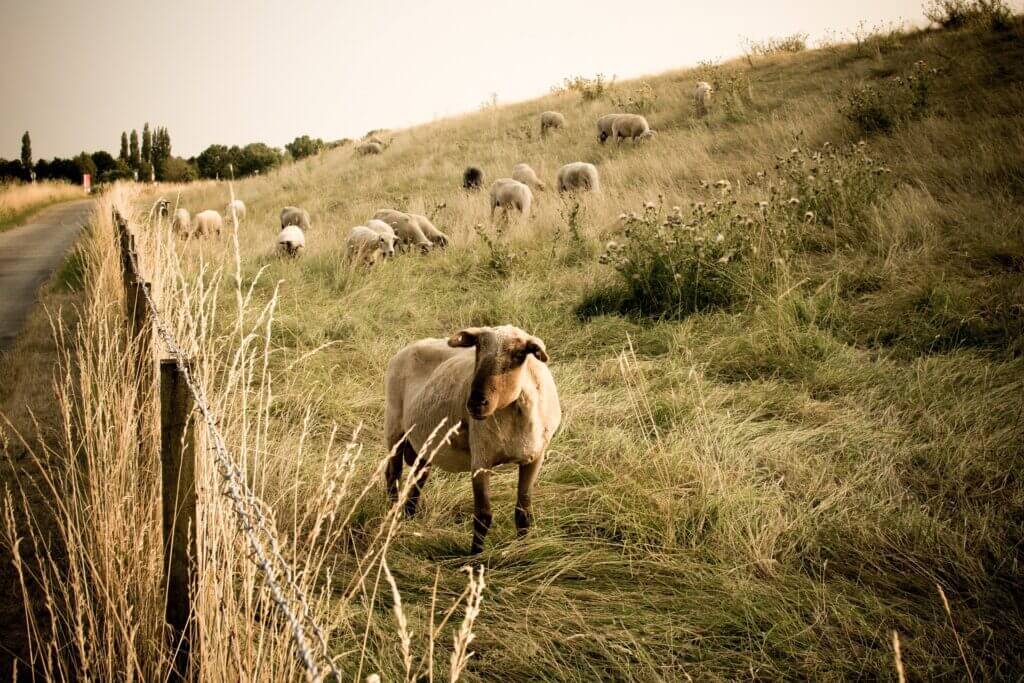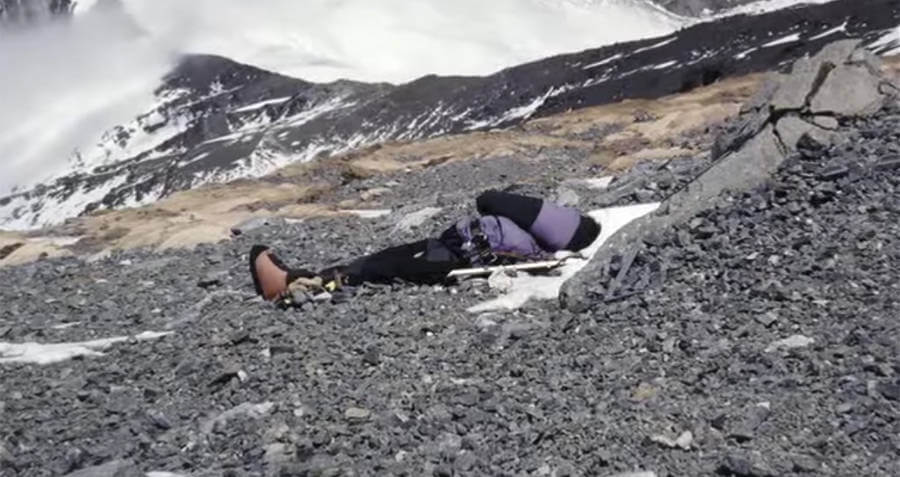Overview of the Alps, the Most Extensive Mountain System in Europe
The Alps are the highest and most extensive mountain range in Europe. The range stretches approximately 1,200 kilometers (750 miles), with different portions belonging to six countries– France, Switzerland, Italy, Germany, Austria, and Slovenia.
The Alps are home to a wide variety of biodiverse ecosystems. There are over 4,500 species of plants, 200 bird species, 15 reptile species, 80 mammal species, and 21 amphibian species. In addition, it’s one of the most biodiverse areas for flora in Europe, with over 4,500 species of plants, 400 of which are endemic. All of which have adapted to survive harsh conditions and high elevations.
Humans have lived in the Alps alongside flora and fauna since Paleolithic times, about 50 to 60,000 years ago. Since then, the various mountain regions of the Alps have continued to grow and develop strong cultural identities connected to farming, cheesemaking, woodworking, and mountain-related tourism.
Main Mountain Regions of the Alps
Locals and tourists flock from all over the world to visit the different regions of the Alps to explore the rivers, meadows, glaciers, and mountains of the Alps. Not to mention the rich cultural history, delicious cuisine, and friendly people. But according to climbers, skiers, mountain bikers, and mountaineers, the Alps is one of the most iconic mountain ranges because of the number of legendary mountain peaks.
French Alps
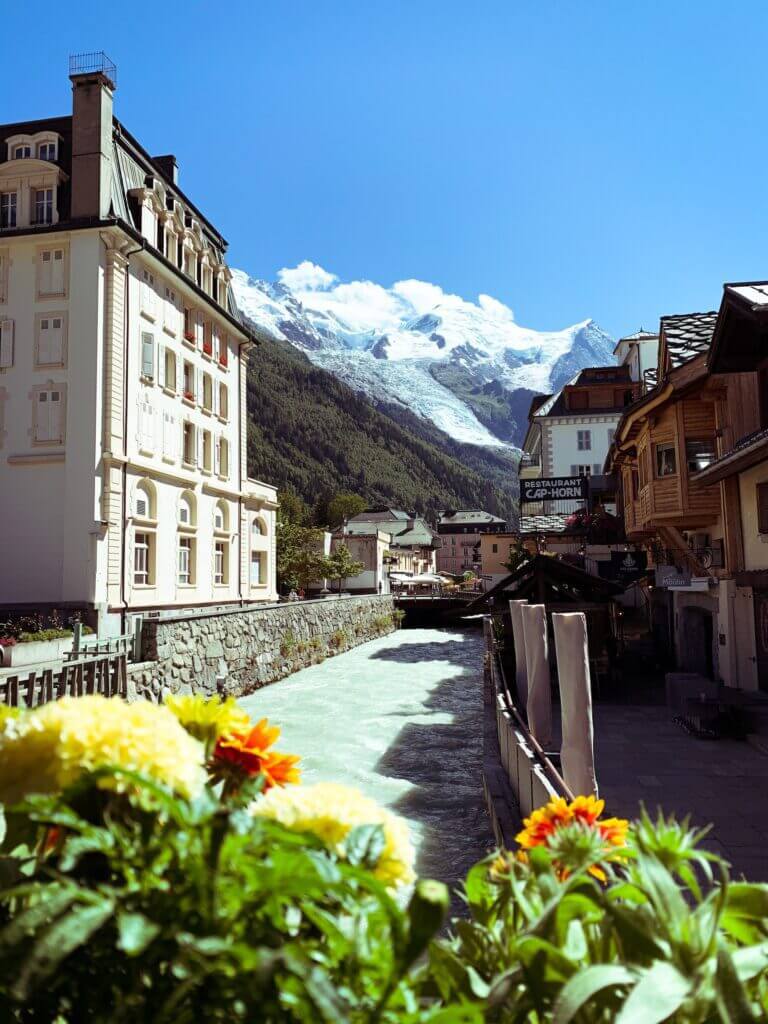
The French Alps region is home to the highest mountain in the entire range, Mont Blanc (4,808m). At the base of Mont Blanc is a town called Chamonix. For many alpinists interested in climbing, skiing, and mountaineering, Chamonix is the centre of the Alpine universe.
Swiss Alps
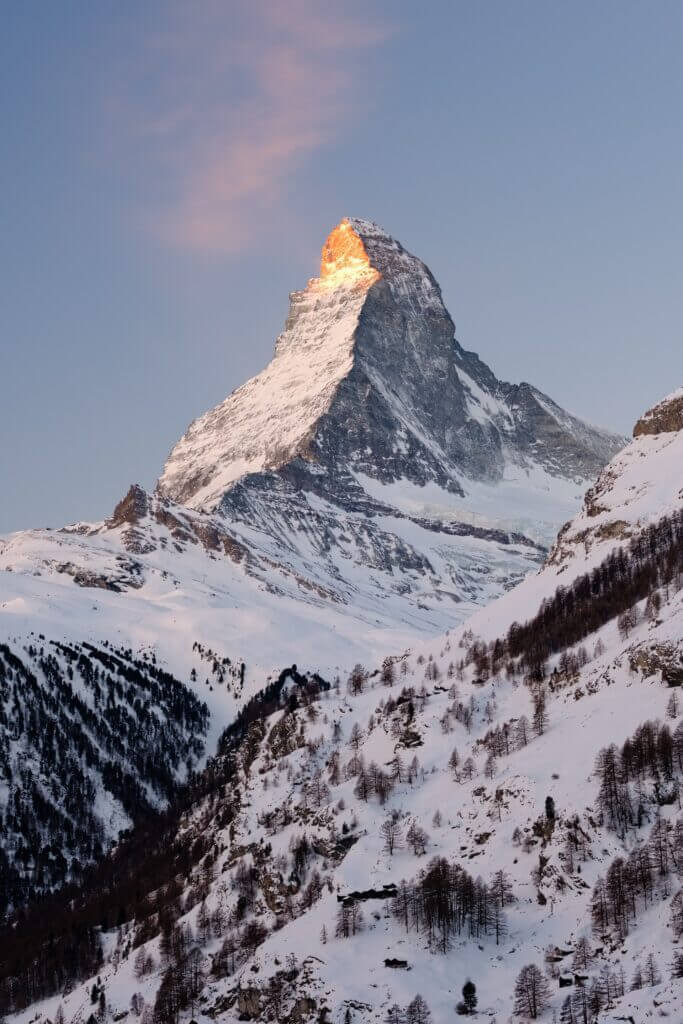
The Swiss Alps is home to one of the most recognizable mountains on planet earth– the Matterhorn (4,478m). The Matterhorn straddles the border between Switzerland and Italy, beckoning alpinists worldwide to climb its craggy peak. In addition to the Matterhorn, the Swiss Alps are famous for beautiful hikes, mountain cuisine, and culture.
Italian Alps
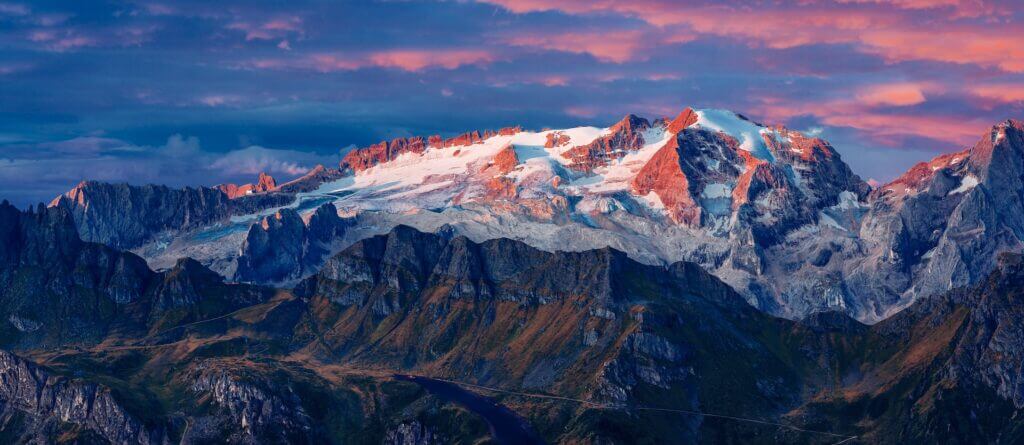
The Italian Alps are home to one of alpinism’s favourite mountain ranges– the Dolomites. The Dolomites are found in northeastern Italy and form part of the Southern Limestone Alps. The tallest mountain in the Dolomites is Marmolada, a 3,342m peak known as “the Queen of the Dolomites.”
The Dolomites are well known for their rich climbing culture, especially via Ferratas. A Via Ferrata, which translates to “iron path” in English, is a climbing route equipped with steel cables, ladders, fixed anchors, and other obstacles.
Austrian Alps

The Austrian Alps, also known as the Central Eastern Alps, primarily pertain to Austria. However, part of the Austrian Alps extends into Italy over Lake Como and other nearby regions of Switzerland and Slovenia. Besides fantastic mountains, the tallest of which is the Grossglockner (3,770m), the Austrian Alps are well-known for architectural wonders, such as Festung Hohensalzburg.
Bavarian Alps
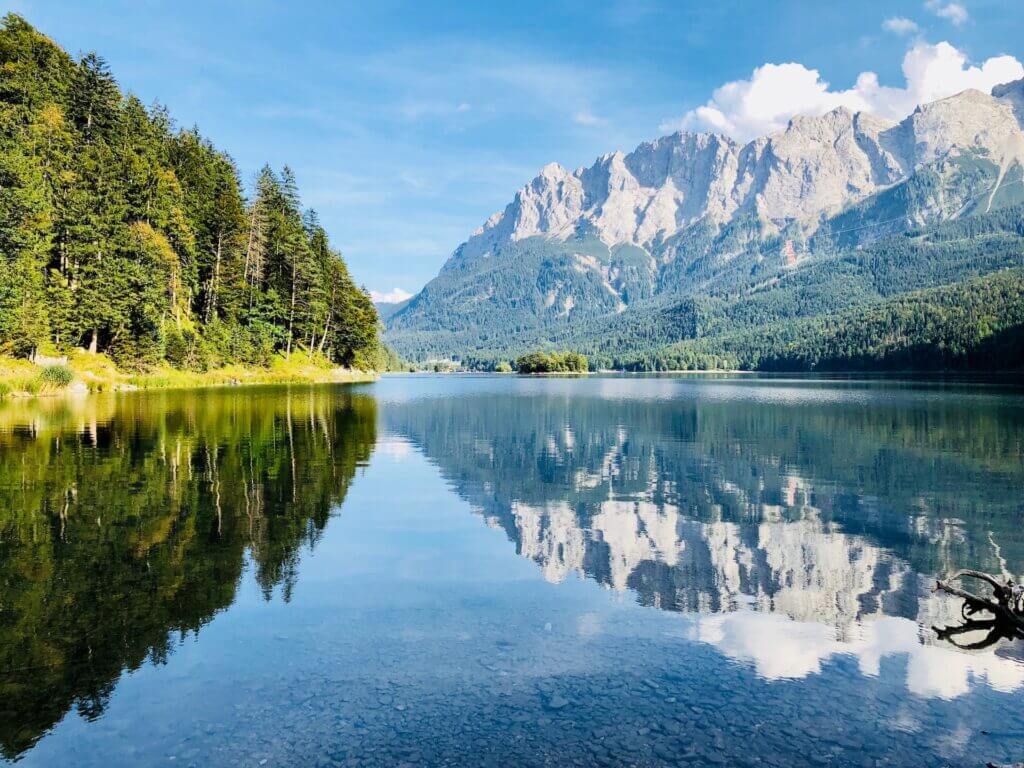
The Bavarian Alps belong to Germany and are found in the Northern reaches of the mountain range. Compared to other regions, the Bavarian Alps make up a smaller area. Nonetheless, they are home to some of the best skiing and hiking the Alps offer. The tallest mountain is called the Zugspitze (2,962) and was first summited in 1820 by Josef Naus, Naus’ survey assistant Maier, and a mountain guide named Johann Georg Tauschl.
Julian Alps
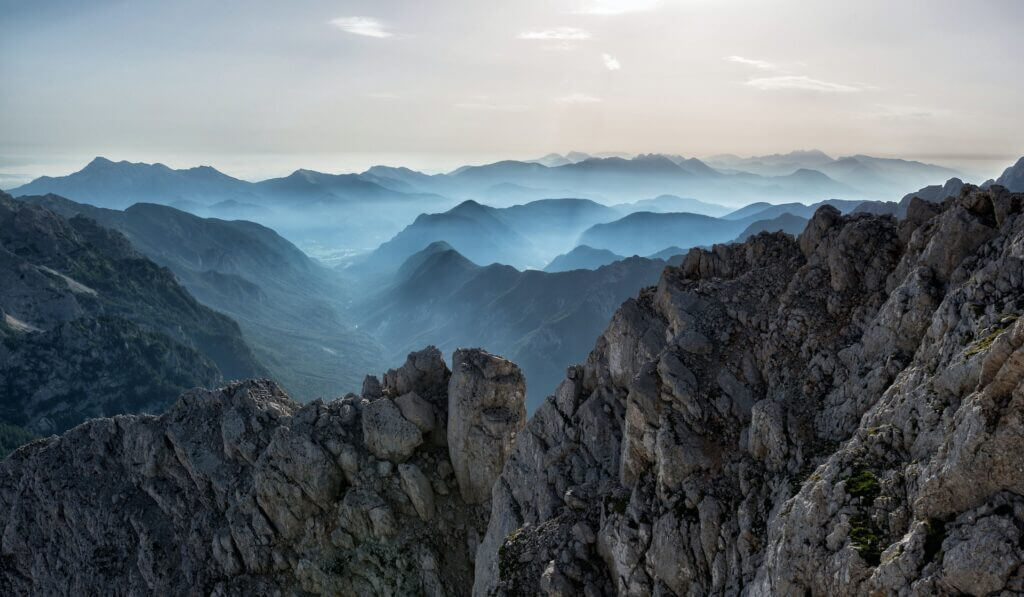
The Julian Alps are part of the Southern Limestone Alps. They extend out of Italy and into Slovenia. A large portion of the Julian Alps is located within the boundaries of Triglav National Park. Mount Triglav (2,864m) is the tallest mountain in the Julian Alps. Apart from climbing in Triglav National Park, the Julian Alps are well known for mountain biking and ski touring.
Most Well-Known Mountains in the Alps
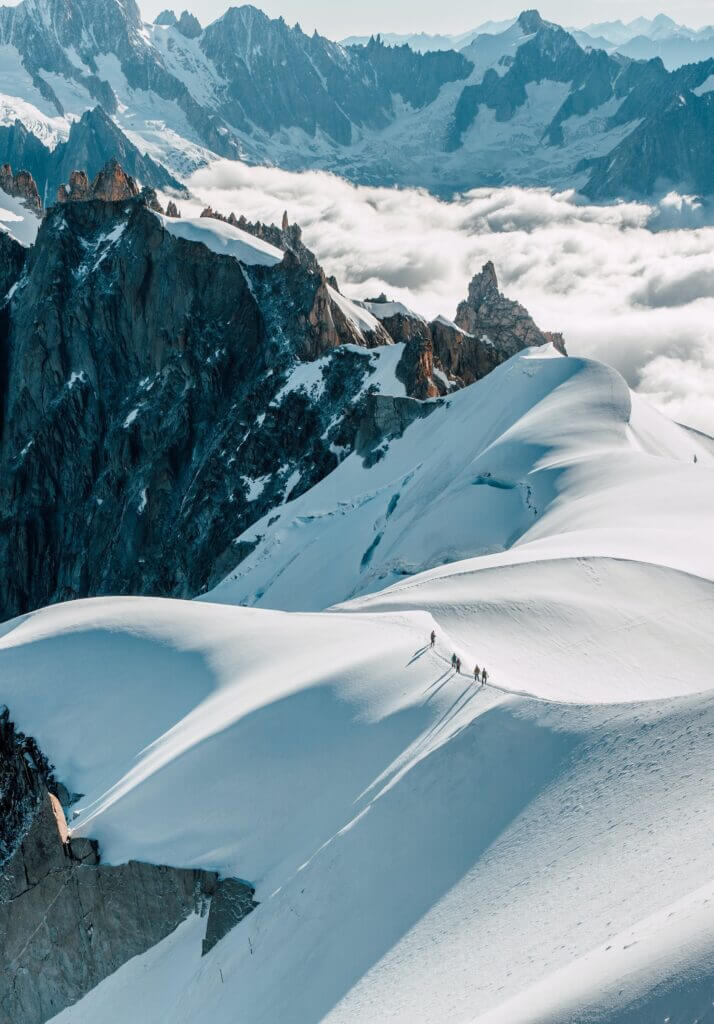
Mont-Blanc
Mont-Blanc, which translates to ‘white mountain,’ is the highest peak in the Alps, 4,808m above sea level. This mountain is sandwiched between France and Italy. However, the summit sits in French territory. It was first summited in 1786 by Jacques Balmat and Michel-Gabriel Paccard.
Matterhorn
The summit of the Matterhorn is located at 4,478m above sea level. Despite being between Italy and Switzerland, alpinists consider it Switzerland’s most famous mountain. The Matterhorn has an iconic pyramidal shape with four faces that face north, south, east, and west. It was first summited by a seven-member party in 1865.
Monte Rosa
Monte Rosa, a 4,634m mountain massif, also sits on the border between Italy and Switzerland. Three of the faces are located in Italy, while the fourth- the north face, is located in Switzerland. The peak of Monte Rosa itself is the second-highest peak in the alps. However, the massif contains five other 4,000m peaks. It was first climbed in 1855.
Jungfrau
The Jungfrau is another 4,000m peak located in Switzerland. t translates to ‘maiden’ or ‘young woman’ and was heavily romanticized as a virgin female peak in the 18th and 19th centuries. Nowadays, it is most well known for the Jungfraujoch– a railway that provides access to the highest accessible point in Europe, a staggering 3,454 meters above sea level. It was first summited in 1811 by Swiss alpinist Johann Rudolf.
Weisshorn
Despite the notoriety of other peaks in the Alps, the Weisshorn is well-known for being one of the most beautiful. It’s also taller than the Matterhorn. The name comes from German and translates to ‘white mountain.’ An Irish physicist named James Tyndal and his guides J.J. Bennen and Ulrich Wenger first summited in 1861.
Climate Change and Its Impact on the Alps
The Changing Climate
Changes in the global climate have been recorded since the beginning of the Industrial Era. Climate changes are characterized by warmer temperatures, changes in precipitation patterns, and an overall increase in the frequency and intensity of climatic events such as heat waves and droughts.
The temperature in the European Alps has risen by 2°C over the 20th century, which is more than the French average and doubles the increase in the northern hemisphere. The rate of warming has accelerated to 0.5°C per decade since the 1980s. This increase in temperature is equivalent to a 10m change in elevation, which poses a challenge for biodiversity as species struggle to adapt to the rapidly changing climate.
That implies that to maintain the same temperature conditions, species would need to move 100m up slope, which poses a challenge for biodiversity in terms of adapting to the rapid changes in the climate.
The Consequences of Climate Change on Mountain Landscapes
Like in the rest of the world, climate change rapidly affects the Alps. Scientists have highlighted six important consequences of climate change.
Retreating glaciers
Rising temperatures have mid-altitude glaciers shrinking rapidly. Scientists predict that 52% of Switzerland’s small glaciers will be gone within the next 25 years. Glacier retreat exposes the moraine below, allowing vegetation to grow and other landscape changes.
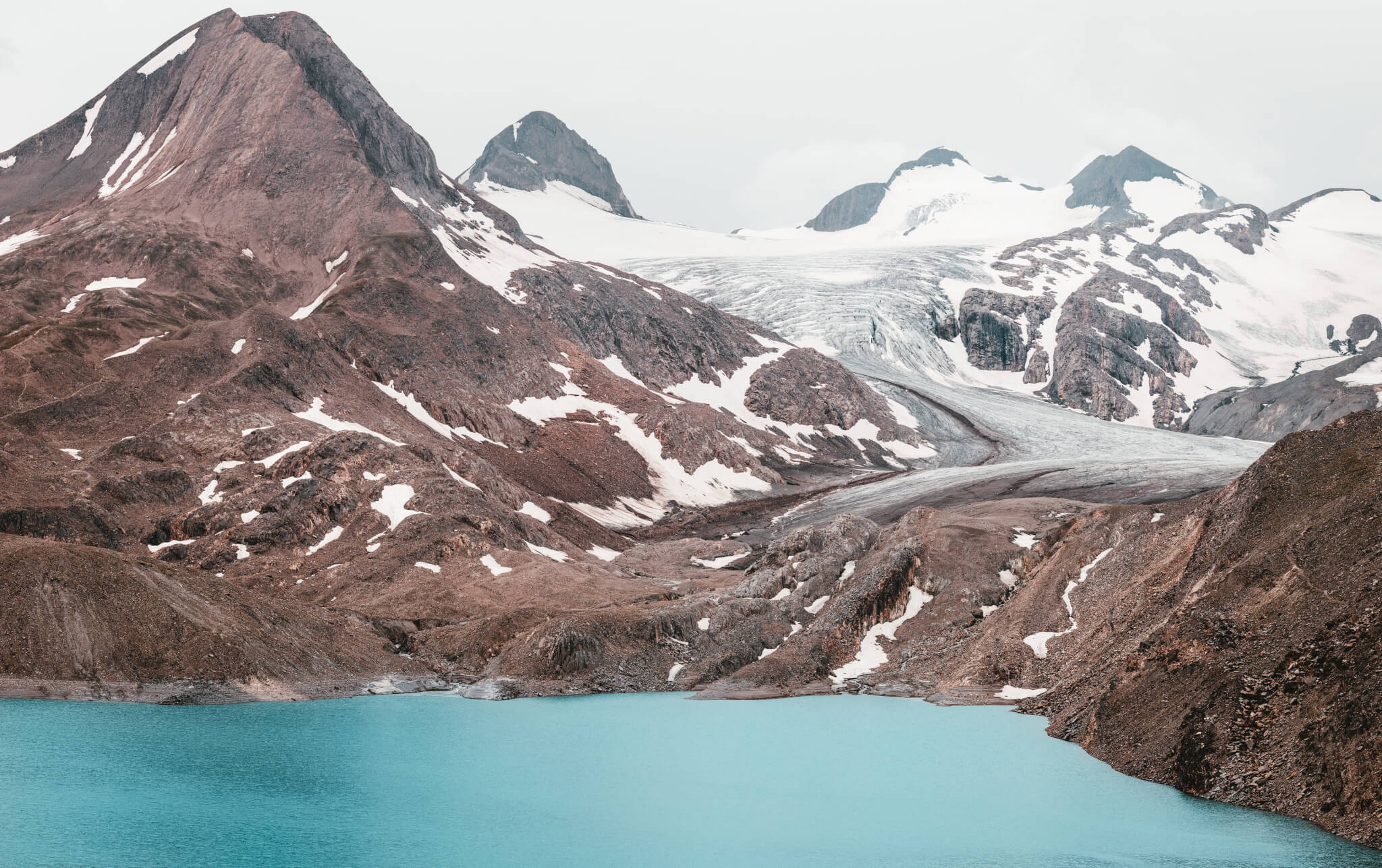
Less snow cover
Warmer temperatures during the winter cause a rise in the snow line. The snow line is the elevation at which precipitation falls as snow instead of rain. With a higher snow line, precipitation more often falls in the form of rain which shortens the period during which snow can cover the ground.
The length of time that snow covers the ground has a significant impact on the fauna and flora of mountainous regions.
Disappearing permafrost
Permafrost is permanently frozen ground. Over the years, the permafrost in the Alps has been slowly melting and not recovering. When permafrost melts, it creates instability in rocky terrain. Therefore, risks associated with rockfall, avalanches, and landslides are predicted.
Groundwater shortages
Warmer temperatures and decreases in precipitation have led to droughts in the summer and groundwater shortages. This problem is made worse by less snow cover and will affect how plants and animals access fresh water throughout the Spring and Summer months.
Impacts on fauna
Climatic changes in the Alps affect the local fauna. Fauna has to adapt their physiology or seasonal behaviour to survive in the new climate. For example, the arrival of some species of migrating birds has advanced, and the egg-laying season for toads is starting earlier.
Impacts on Flora
Long-term changes in climate patterns result in changes to vegetation structure in the Alps. Taller plants, higher biomass, and more photosynthetic activity all contribute to the “greening” of the Alps at higher elevations where less snow accumulation occurs.
The effects of climate change on the Alps are already startlingly obvious. As climbers, hikers, alpinists, mountaineers, and skiers who love the Alps and mountain ranges like them, we must take action. The health of the diverse ecosystems found within the six regions of the Alps depends on the lifestyles we live today.

